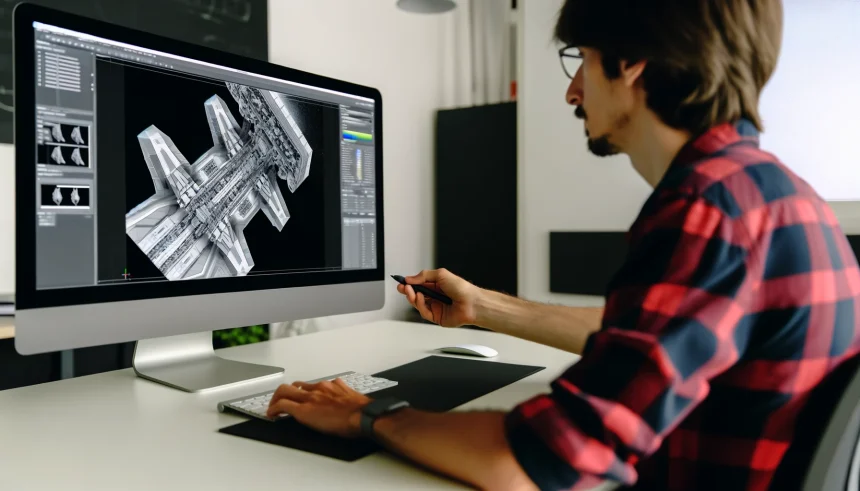Apple Vision Pro, the highly anticipated mixed reality headset from Apple, will launch without the much-rumored Apple Intelligence features, despite possessing the necessary hardware specifications. According to analysts, who predict that Apple Intelligence could significantly drive iPhone upgrades, the software adaptation required for a mixed reality experience presents a challenge. Further details are available on Bloomberg’s newsletter.
Hardware Specs and Missing Features
Although the Vision Pro will be equipped with an M2 processor and 16GB of RAM, it won’t feature Apple Intelligence at launch. Bloomberg’s insights suggest that the difficulty lies in adapting the software to a mixed reality environment. The headset’s hardware, however, is more than capable of handling the added features, including notification prioritization, writing tools, an OpenAI chatbot, and an improved Siri.
Future Updates and Compatibility
Apple is actively working on incorporating these features into the Vision Pro, potentially by 2025. This timeline aligns with Apple’s broader strategy of enhancing productivity tools, suggesting that these features are well-suited to the headset’s intended use for work and computer tasks. Meanwhile, Apple has plans to launch AirPods with built-in cameras as early as 2026, continuing their push to integrate advanced technologies into their product lineup.
Regulatory Challenges in the EU
Apple faces additional hurdles in the European Union, where the company has blocked several new features due to concerns over the Digital Markets Act (DMA). Apple argues that the DMA could force them to compromise the security of their products and services. The blocked features include Apple Intelligence, iPhone Mirroring, and SharePlay Screen Sharing.
These developments echo earlier reports about Apple’s approach to integrating advanced AI and machine learning capabilities into its devices. Over the past year, Apple has been gradually enhancing its product lineup with these features, but the Vision Pro’s delay highlights the complexities involved in adapting these technologies for mixed reality.
Historically, Apple has faced similar challenges when rolling out new features across its different product ecosystems. For instance, the introduction of Face ID and Touch ID encountered initial hurdles but eventually became standard features. This pattern suggests that while the Vision Pro’s advanced features may be delayed, they are likely to be implemented successfully in future updates.
The delay in integrating Apple Intelligence into Vision Pro is a reminder of the intricacies involved in merging new software with cutting-edge hardware. These challenges, however, do not overshadow the potential of Vision Pro as a versatile tool for productivity and interactive experiences. Apple’s ongoing efforts to bring these features to the headset underscore its commitment to advancing mixed reality technologies.










